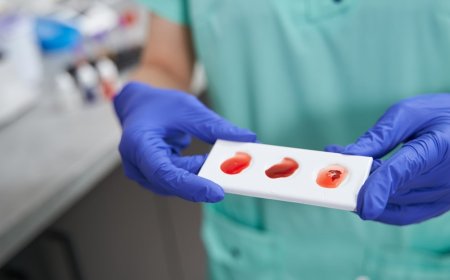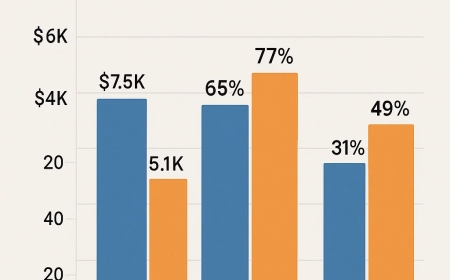The Multi-faceted Application of Enzymes in Modern Biotechnology
Enzymes have always served as the silent drivers behind countless biological processes, but their role in applied science has never been more crucial. As modern biotechnology advances, theapplication of enzymes in industrial biotechnology,medical diagnostics, andsustainable manufacturinghas evolved into a multidisciplinary field, leveraging protein engineering and synthetic biology to unlock novel solutions for global challenges.
Enzymes in Sustainable Industry: Beyond Conventional Catalysis
The industrial sector has long embraced theindustrial applications of enzymes, driven by the need for greener, more efficient processes. Biocatalysis now underpins the manufacture of everything from biofuels to specialty chemicals, harnessing tailored enzymes like cellulases, amylases, and lipases.
For example, theapplication of enzymes in biofuel productionhas transformed agricultural residues into valuable sources of energy. By employing engineered cellulases and hemicellulases, lignocellulosic biomass is broken down into fermentable sugars, dramatically improving yield and reducing waste. Similarly, transaminases and dehydrogenases are increasingly poised as key tools in chiral intermediate synthesis for pharmaceutical manufacturing, enabling enantioselectivity that surpasses classic chemical methods.
Enzyme Engineering: Expanding Biocatalyst Capabilities
One of the most exciting areas is theapplication of enzymes in protein engineering. Through directed evolution and rational design, researchers now routinely alter enzyme specificity, activity, and stability. This has led to the development of robust biocatalysts that can operate under non-natural conditionshigh temperatures, extreme pH, or organic solventsopening new frontiers in process chemistry.
Recent breakthroughs even include the use of unnatural amino acids to expand the chemical repertoire of enzymes and the integration of machine learning to predict beneficial mutations. These advances dont just increase efficiency; they address the economic and environmental sustainability of industrial and pharmaceutical processes.
Medical Diagnostics and Disease Treatment: Precision at the Molecular Level
Theapplication of enzymes in disease diagnosisrepresents a revolution in precision medicine. Enzymes like glucose oxidase and horseradish peroxidase form the backbone of diagnostic biosensors, offering high sensitivity and specificity for detecting biomarkers in complex biological fluids.
Additionally,application of enzymes in the treatment of diseasesis rapidly expanding. Enzyme replacement therapies are already in use for rare genetic disorders, such as Gauchers or Fabrys disease, and researchers are pushing further by modifying enzymes for improved pharmacokinetics and targeting.
In cancer research, engineered enzymes are being explored to activate prodrugs locally at the tumor site, minimizing systemic toxicitya testament to the intersection of enzymology and drug delivery innovation.
Environmental and Industrial Waste Management
Sustainability in biotechnology increasingly hinges onapplication of enzymes in wastewater treatmentandenvironmental remediation. Enzymes such as peroxidases, laccases, and dehalogenases are deployed to break down persistent organic pollutants, dyes, and even microplastics. Compared to traditional physicochemical methods, enzymes deliver higher selectivity, operate under milder conditions, and generate fewer harmful byproducts.
Emerging Frontiers: Synthetic Biology and Functional Material Science
A unique, rapidly evolving field is the integration of enzymes intofunctional materials and biosensors. Enzyme-based bioinks are being developed for 3D bioprinting, creating living materials with tailored functionsoffering tremendous promise for regenerative medicine and tissue engineering. Synthetic biology is driving the design of entire metabolic pathways assembled via modular enzymes, allowing for on-demand biosynthesis of complex molecules.
Looking Forward: Challenges and Opportunities
While theapplication of enzymes in biotechnologycontinues to grow, several challenges persistnamely, enzyme cost, substrate scope, and operational stability. The fusion of structural biology, computational modeling, and high-throughput screening is likely to accelerate solutions, especially as demands for green chemistry and cost-effective manufacturing intensify.
In summary, enzymes are poised to catalyze the next wave of innovation in industry, medicine, and environmental stewardship. Creative integration ofenzyme engineeringandindustrial enzyme applicationswill not only drive economic growth but also shape a sustainable, healthier future.
References:
- Bornscheuer, U. T. et al. (2012). Engineering the third wave of biocatalysis.Nature, 485, 185-194.
- Chapman, J., Ismail, A. E., & Dinu, C. Z. (2018). Industrial applications of enzymes: Recent advances, techniques, and outlooks.Catalysts, 8(6), 238.
- Sheldon, R. A., & Woodley, J. M. (2018). Role of biocatalysis in sustainable chemistry.Chemical Reviews, 118(2), 801-838.








&srotate=0)


















/assets/production/practices/d3eb2cb997dab7b074b251ed3fbc393d54698f2b/images/2771321.jpg)







